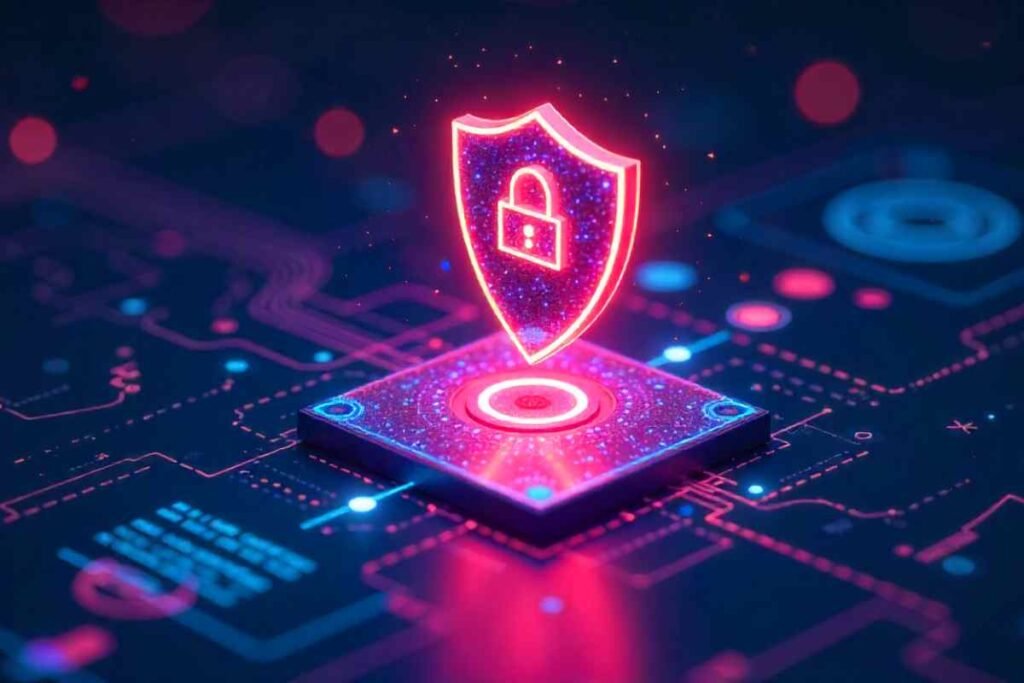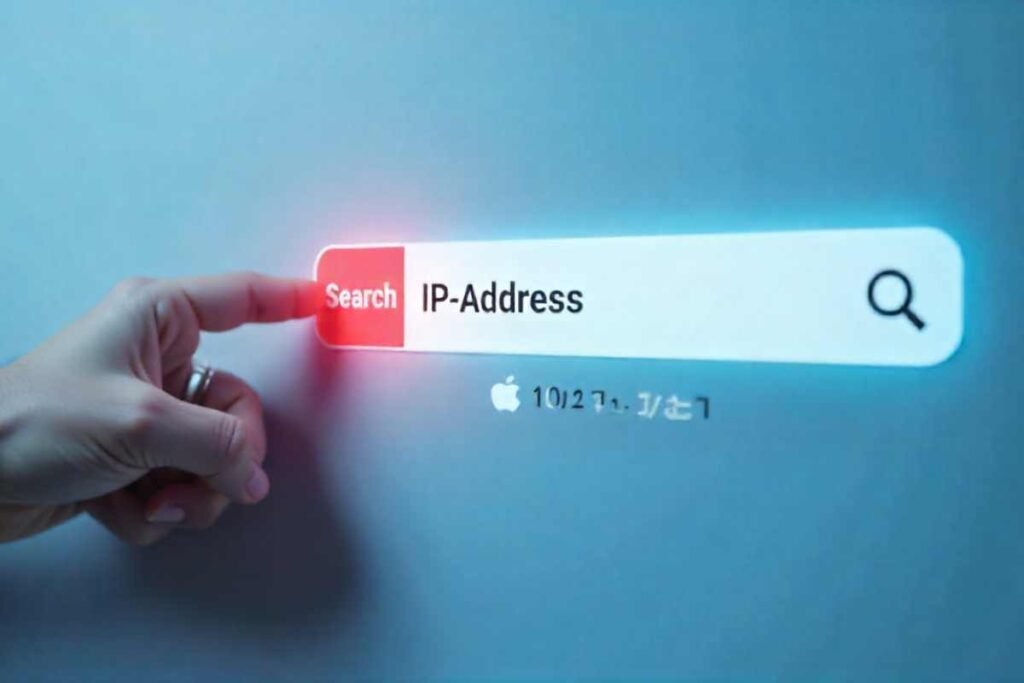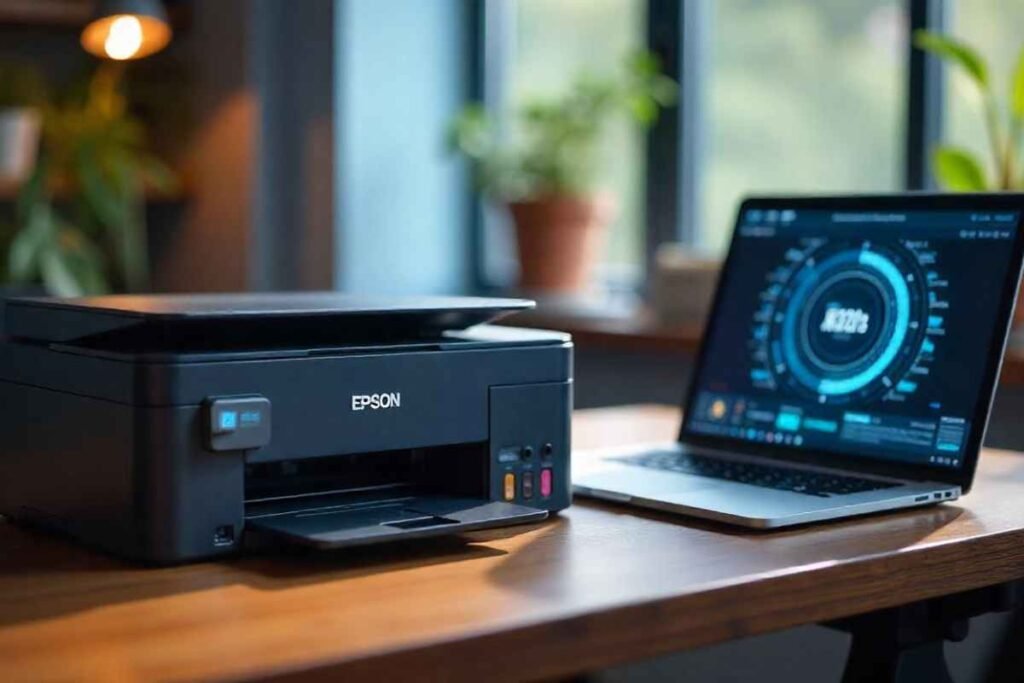Private IP addresses like 10.24.1.53 are commonly used within local networks such as homes offices or data centers. These IPs are not visible on the public internet and are designed to allow secure communication between devices connected to the same network.
In this guide well explore how private IPs like 10.24.1.53 work how to access devices using them and why they are essential for internal networking and security.
What Is 10.24.1.53?

10.24.1.53 is an IP Internet Protocol address. It usually belongs to a private network, which means it’s not directly visible on the internet. This kind of IP is used inside homes schools and businesses to help computers and other devices talk to each other.
There are two types of IP addresses
- Public IPs These are visible on the internet.
- Private IPs These are only used inside local networks.
This falls under the Class A private IP range (10.0.0.0 to 10.255.255.255).
Why Use 10.24.1.53 in Private Networks?
The focus keyword 10.24.1.53 is used to assign unique addresses to devices in a network. Here are some reasons for using it:
- Internal Device Communication Devices like laptops printers and phones can send data to each other.
- Router Configuration Sometimes, network admins assign site to routers or switches for easy access.
- Security Since it’s private, it can’t be reached directly from the internet.
How Private IPs Like 10.24.1.53 Work?
Private IP addresses like 10.24.1.53 are part of a reserved IP range (10.0.0.0 to 10.255.255.255) that are used within local networks and are not accessible directly from the internet. These IPs help devices within the same network communicate with each other such as computers printers or routers in a home or office. Since they are not globally unique multiple networks around the world can use the same private IP ranges without conflict.
- Devices in your home get private IPs .
- The router changes these to a public IP before sending data to the internet.
- When data returns, the router sends it back to the right device using NAT.
Common Uses of 10.24.1.53
Heres where you might find site in action:
- Routers Used to set up or control a network.
- Printers Assigned a static IP for easy printing.
- Security Cameras Often use a stable IP like to stream data locally.
- Servers Local web or file servers use this for access within a LAN.
Why IPs Like 10.24.1.53 Are Important in Networking?
Private IPs reduce the load on public IP usage and ensure devices in a network can communicate efficiently without depending on internet availability. They also allow for better control easier configuration, and more secure setups making them essential for both home and enterprise environments.
How to Access Devices Using 10.24.1.53?
To reach a device using 10.24.1.53 follow these steps.
- Make sure your device is connected to the same local network as site.
- Open a web browser if the device has a web interface and type.
- Use Remote Desktop (RDP) SSH or other protocols if supported by the device.
- Check firewall settings to allow access between devices on the local network.
- If you’re unsure ask your network administrator or check the devices manual for access instructions.
If the device has a web interface, you’ll now see its settings or dashboard.
Is 10.24.1.53 Safe?

Yes 10.24.1.53 is safe to use within local networks as it is part of a reserved private IP range. Its not exposed to the public internet, reducing the risk of external attacks. However internal threats can still exist so using strong passwords firewall rules and device authentication is always recommended.
Setting Up 10.24.153 in a Network
To manually assign this IP to a device:
- Open your device’s network settings.
- Choose Manual or Static IP.
- Set the IP to 10.24.153.
- Add a subnet mask usually 255.255.255.0.
- Save the settings.
This keeps your device easily reachable.
Troubleshooting 10.24.1.53 Issues
If you can’t connect to 10.24.1.53
- Check Cables Make sure devices are properly connected.
- Ping the IP Use the command prompt.
- Disable Firewalls Temporarily They might block local traffic.
- Ensure the Device Is On It might be powered off.
- IP Conflict Two devices may be using the same IP.
Difference Between Static and Dynamic IPs
| Feature | Static IP | Dynamic IP |
|---|---|---|
| Changes Over Time | No | Yes |
| Easy to Remember | Yes | No |
| Good for Servers | Yes | No |
| Example | 10.24.1.53 | Assigned by DHCP |
Assigning paltform as a static IP is useful for permanent devices.
Benefits of Using 10.24.1.53
- Stable Device Access
- Improved Network Control
- Easy Management of Devices
- No Internet Exposure
These benefits are great for network security and performance.
Can You Change the IP 10.241.53?
Yes private IPs can be manually changed by accessing the network settings of the device. You can assign a static IP like site if it doesn’t conflict with other devices. This is especially useful when setting up servers printers or other devices that need a fixed IP address for consistent access.
Advanced Configuration with 10.24.1.53
If youre a tech savvy user insights-into-software-development-practices/ or admin:
- Create Port Forwarding Rules for remote access.
- Use Firewall Settings to restrict or allow traffic.
- Assign Hostnames for easier recognition of devices.
For example a local server can be reached by both.
Is 10.24.1.53 Safe to Use?
Yes. Since it’s a private IP, 10.241.53 can’t be reached from the outside world without permission. That makes it very safe for internal communications.
To keep things secure:
- Use strong passwords.
- Turn off unused ports.
- Monitor access logs.
Role of NAT with Private IPs

Since private IPs can’t access the internet directly routers use NAT Network Address Translation to convert a private IP into a public IP. When a device sends data to the internet NAT makes the translation and routes the response back to the correct device inside the network. This helps maintain privacy and IP address efficiency.
Conclusion
IP address 10.24.1.53 is a private IP used within local networks to help devices communicate securely and efficiently. It cannot be accessed directly from the internet, making it ideal for internal networking in homes, offices, or enterprises.
To access a device with this IP, you must be on the same network and use appropriate methods like a web browser, SSH or RDP depending on the device type. Private IPs like 10.24.1.53 are essential for maintaining organized, secure, and stable local networks.
FAQs
Is 10.24.1.53 a public or private IP?
Its a private IP address used inside local networks.
Can I access 1024.1.53 from the internet?
Not directly. It requires port forwarding or VPN setup.
What device usually uses site?
It could be a router printer camera or local server.
Why can’t I connect to 10.24.1.53?
The device may be off misconfigured or blocked by firewall.
Is it safe to assign 10.241.53 manually?
Yes just make sure no other device uses the same IP to avoid conflicts.


